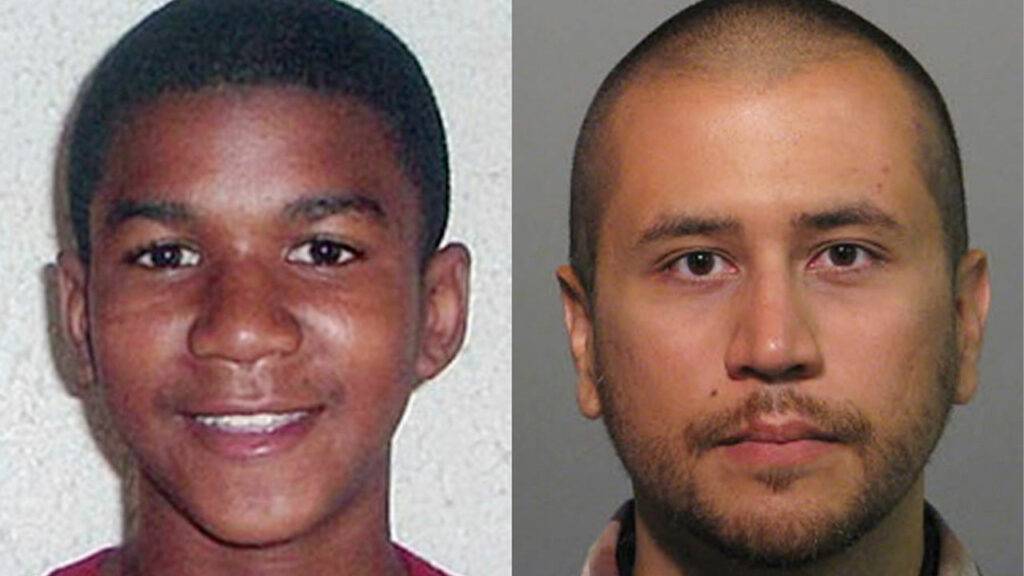The shooting of Trayvon Martin on February 26, 2012, sent shockwaves across the United States, shedding light on deep-rooted racial divisions. This article delves into the tragic incident, exploring the circumstances surrounding the fatal encounter, the subsequent legal proceedings, and the societal impact that followed.
Who Killed Trayvon Martin
On that fateful night, Trayvon Martin, a 17-year-old African American, was returning from a convenience store in Sanford, Florida. George Zimmerman, a neighborhood watch volunteer, noticed Martin and became suspicious. Zimmerman’s actions and the subsequent events led to a violent confrontation, resulting in Zimmerman firing his weapon at Martin at close range, ultimately leading to Martin’s death.

Why Was Trayvon Martin Shot
Zimmerman, claiming self-defense, was released by the police, citing Florida’s self-defense laws. The absence of evidence contradicting Zimmerman’s version and the state law permitting the use of deadly force in self-defense contributed to his release.
As Zimmerman remained uncharged, public outrage grew. Demonstrations demanding justice for Trayvon Martin erupted nationwide. The chief of the Sanford Police Department initially affirmed that no criminal charge could be filed against Zimmerman. Still, as pressure mounted, a special prosecutor was appointed in April 2012, leading to a second-degree murder charge against Zimmerman.
Trayvon Martin Killer
The trial, beginning in June 2013, garnered intense media coverage. The prosecution argued that Zimmerman’s profiling of Martin as a criminal and taking the law into his own hands led to Martin’s death. The defense, however, maintained that Zimmerman acted in self-defense. The jury, after more than 16 hours of deliberation, found Zimmerman not guilty on July 13, 2013.
Impact on Society
Trayvon Martin’s death reignited discussions on racism in the United States. President Barack Obama, expressing his dismay, acknowledged the realities of racial profiling that African Americans face. The verdict led to nationwide protests and laid the foundation for the Black Lives Matter movement, advocating for improved treatment of African Americans in all facets of society.
A nationwide debate on racism and racial profiling. President Barack Obama expressed his dismay, stating, “If I had a son, he’d look like Trayvon.” The incident catalyzed the formation of the Black Lives Matter movement, advocating for the fair treatment of African Americans across all aspects of American society.


